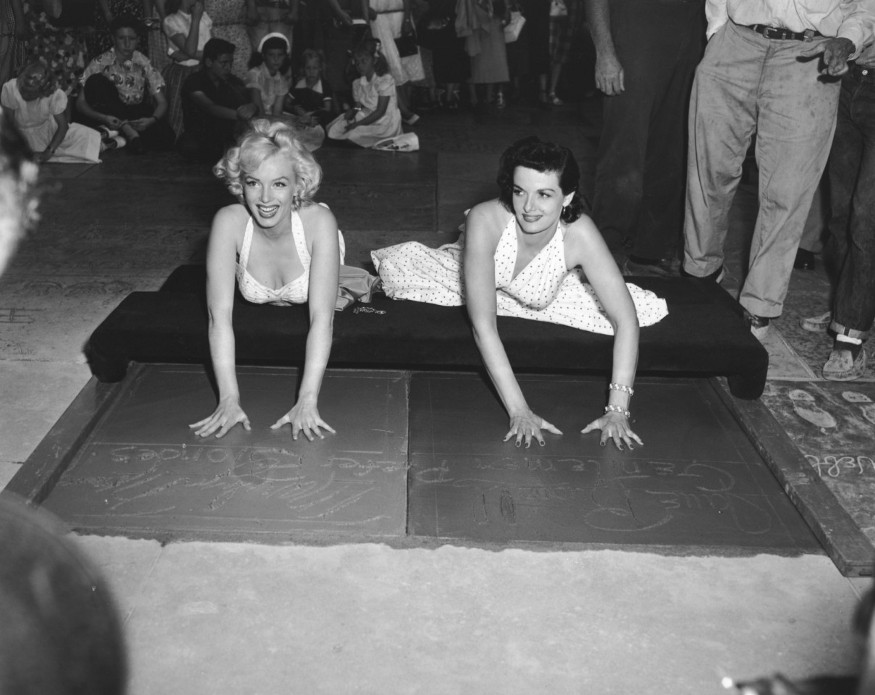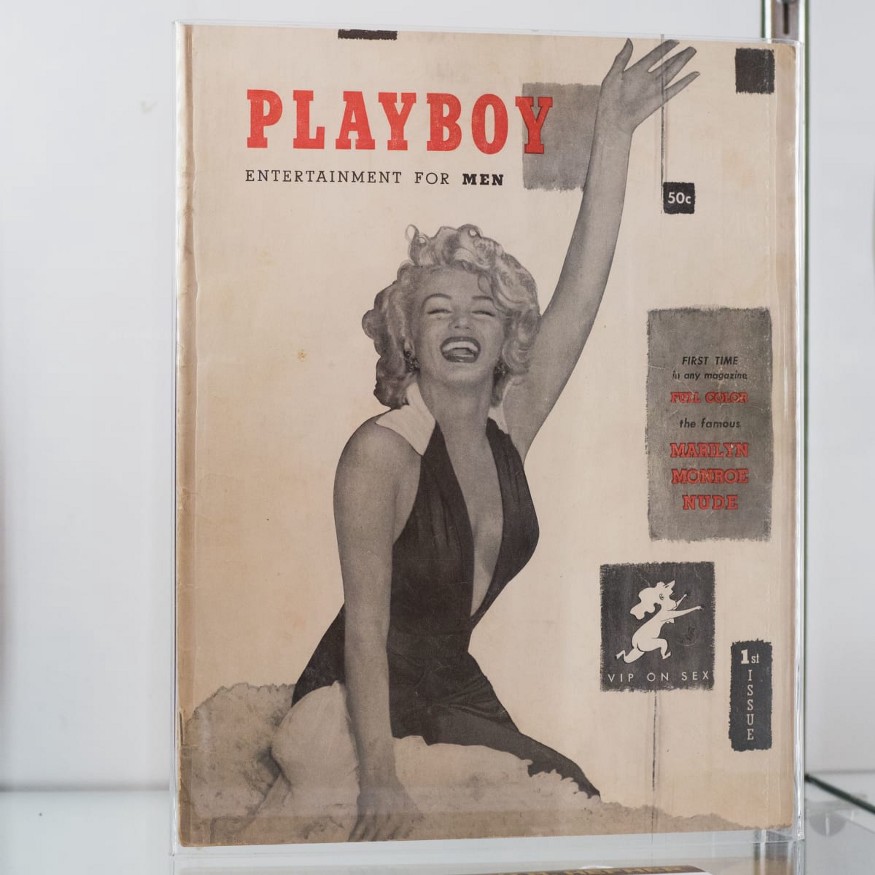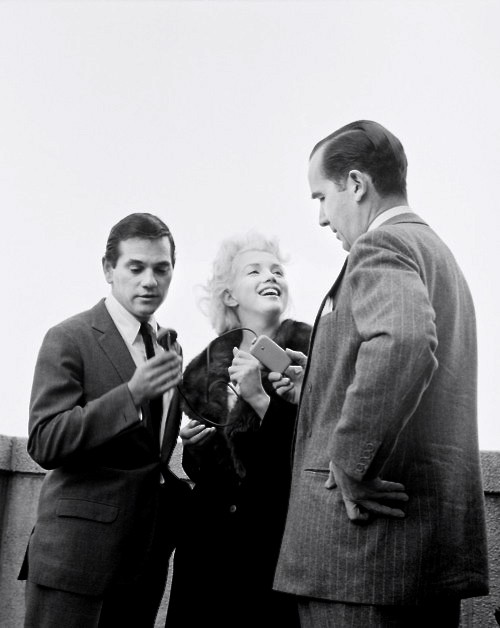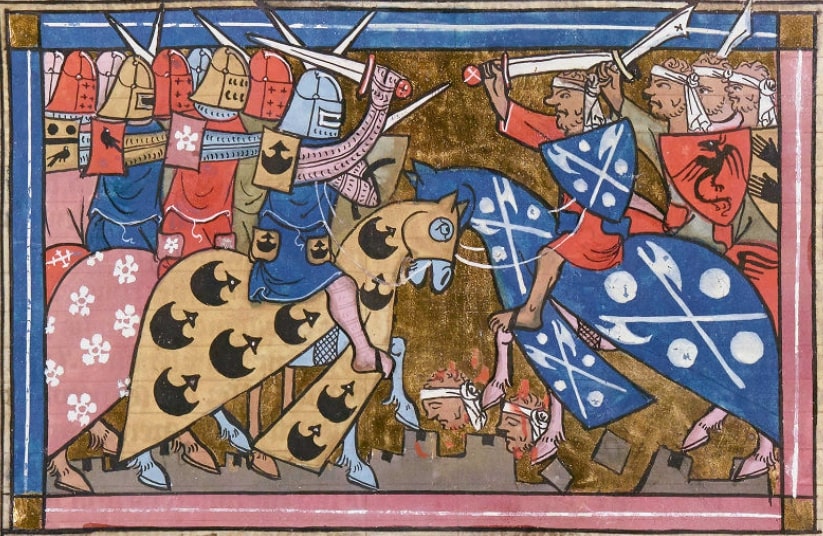“They tell you to cry one tear, and if you feel two and cry two, it’s no good. If you change “the” to “a” in your lines, they correct you. An actress isn’t a machine, but they treat you like one.” — Marilyn Monroe
 the start of 1953, Marilyn Monroe had been with Twentieth Century Fox for two years, and she was still idly waiting for a strong script to come her way. Finally, her year had come, but it did not pan out the way the ambitious star envisioned. Gentlemen Prefer Blondes, released in July of that year, grossed more than $5 million at the box office. A few months later, How to Marry a Millionaire proved to be an even bigger smash, generating more than $7 million. Fox was now basking in Marilyn’s allure.
the start of 1953, Marilyn Monroe had been with Twentieth Century Fox for two years, and she was still idly waiting for a strong script to come her way. Finally, her year had come, but it did not pan out the way the ambitious star envisioned. Gentlemen Prefer Blondes, released in July of that year, grossed more than $5 million at the box office. A few months later, How to Marry a Millionaire proved to be an even bigger smash, generating more than $7 million. Fox was now basking in Marilyn’s allure.
Riding a career high, in June of 1953, she was invited to leave her mark in cinematic history by placing her hands and footprints in wet cement at the infamous Grauman’s Chinese Theatre. Capitalizing on her popularity, Fox decided it was time for her to venture into the burgeoning world of television. So that September, Marilyn made her first television appearance on the new season of The Jack Benny Show, playing Benny’s “dream girl” that he met on a ship returning home from Hawaii, and she serenaded him with “Bye, Bye Baby,” in that sweet, childlike voice of hers. The ratings were through the roof.

Despite her career catapulting, Marilyn was not content with its trajectory. Both Lorelei Lee in Gentlemen Prefer Blondes and Pola Debevoise in How to Marry a Millionaire were the quintessential “dumb blondes.” Her frustrations with Fox over not taking her seriously mounted as the months went on. As she struggled to claim her identity, what happened in December of 1953 only exasperated the issue.
Rebellion

In the final month of her blockbuster year, the first publication of Hugh Hefner’s Playboy hit the stands. Hefner had just one woman in mind to grace the cover of the premiere issue: Marilyn Monroe. A photo from her appearance at the 1952 Miss America parade, showing her in a chic, low-cut V-neck dress, was plastered on the front. Inside, there was much more Marilyn to be seen, including a nude picture in the centerfold from her 1949 Tom Kelley session. To her chagrin, the Playboy appearance sealed Marilyn’s reputation as the world’s greatest sex symbol.
At the studio, her resentment towards the men at the top festered. She was their top star, but her contract had not changed since she signed it in 1951, and she was making far less than other stars below her stature. What was even more frustrating was the fact that she had no say so in choosing co-stars or projects. Pining for some control, Marilyn approached Darryl F. Zanuck, the president of Fox, and requested a more serious role; he squashed that idea.
Finally, after receiving the script for a film titled The Girl in Pink Tights, another musical comedy that would co-star Frank Sinatra, she decided she was through. On December 15, 1953, Marilyn did not show up to the set for her first day of work on the film. Zanuck was incensed, and on January 4, 1954, he suspended his biggest star. Marilyn had every intention of coming out of this conflict the winner, so she decided to embark on a publicity tour that would only endear the public to her.
Vogue
She began this great PR stunt by marrying her boyfriend of two years, baseball legend, Joe DiMaggio, in San Francisco on January 14th. The press hailed the union “the marriage of the decade.” After honeymooning in Japan, she left DiMaggio behind and headed to visit 60,000 troops in Korea with the United Services Organization (USO). The G.I.s went wild as Marilyn, in a skin-tight revealing dress, serenaded them with sexy songs such as “Diamonds Are A Girl’s Best Friend.” Upon returning home, she received Photoplay’s “Most Popular Female Star” award. Fox had been upstaged by the shrewd blonde.
In March, the studio finally caved to some of her demands and negotiated a new contract. She agreed to appear in The Seven Year Itch, with Fox acquiescing to a $100,000 bonus for Marilyn. River of No Return, with her friend Robert Mitchum, was released after her return. Though it did well at the box office, it was a film she had little affinity for. For dropping The Girl in Pink Tights, the star was forced to do There’s No Business Like Show Business, a musical starring Ethel Merman and Donald O’Connor. Marilyn despised that picture and critics panned her performance.

Filming for The Seven Year Itch with Tom Ewell began in September. The PR-savvy studio arranged for a massive stunt in New York, filming a scene with Marilyn standing over a subway grate with the skirt from her white dress flying up over her knees. The world was bewitched by the now iconic image, but DiMaggio was not; he felt his wife was being over-sexualized. This was just one incident that contributed to the break-up of the ten-month marriage that October.
Victory
With The Seven Year Itch being one of the most successful films of 1955 and her marriage over, Marilyn decided it was time to start anew in New York. On December 31, 1954, she and her close friend, photographer Milton Greene, announced the creation of their own production company, Marilyn Monroe Productions (MMP). In a Person to Person interview with Edward R. Murrow at Greene’s home in Connecticut, she described the purpose of MMP as “primarily to contribute to making good pictures.” Fox was shaken to its core by the move and suspended her contract again. For Marilyn, this action by Fox meant freedom.

Struggling once again after losing their principal star, Fox ramped up efforts to re-sign her. But Marilyn’s lawyers and Milton Greene made it clear she would not bend to their demands. It was agreed that Marilyn would be given more control over choosing her directors, scripts, and even cinematographer. In addition, her pay increased to $100,000 per film and she would only have to commit to making four pictures for Fox over the next seven years. They also allowed Marilyn to make a picture for MMP upon completion of a Fox movie. This was a monumental victory for the young actress, and for her peers as well.
Before making Bus Stop, her first picture with Fox under the new contract, Marilyn married playwright Arthur Miller in White Plains, New York; defying the studio in this action as well. The press tore into her for marrying a far left-wing radical like Miller, also Jewish, and her films were banned in Egypt upon her conversion to Judaism. The press saw the pair as ill-suited for one another and few reporters thought it would last. Variety’s headline read, “Egghead Weds Hourglass.”
Return
Bus Stop allowed Marilyn to showcase the techniques taught to her by acting coach Lee Strasberg. She perfected an Ozark accent for the part of Cherie, a saloon singer who dreams of a bigger career, and director Joshua Logan was blown away by her performance. Critics were impressed too, one writing that Bus Stop “effectively dispels once and for all the notion that she is merely a glamour personality.”

In the summer of 1956, the Millers flew to London to begin production of MMP’s first independent picture, The Prince and the Showgirl. Laurence Olivier was signed to be her co-star. He set unrealistic expectations for Marilyn’s portrayal as Elsie Marina and proceeded to make comments that she viewed as condescending. Off-camera, Marilyn was having disagreements with Greene over how MMP was to be run, and there was the debate over whether or not her new husband would join the team.
Dealing with her constant nerves, depression, and lack of sleep, Marilyn’s dependency on drugs increased, only to be worsened by a physically and emotionally painful miscarriage. After filming was complete, she decided to take at least a year off from making pictures. The biggest star in the world had earned control of her career, but what she now needed control of was her life.
Marilyn’s remaining few years were plagued by pain, addiction, and sorrow, with intermittent success in between. Yet the sadness in knowing what was to come should not overshadow the significance of Marilyn’s victory over Fox. She broke free from the shackles imposed upon her and her peers to gain command over the career she worked hard for. In return, she earned the respect she was due. Time acknowledged her as a “shrewd businesswoman,” while the Los Angeles Mirror proclaimed that her victory was “one of the greatest single triumphs ever won by an actress.” Marilyn Monroe proved she was no dumb blonde.

Holley Snaith is a historian who specializes in 20th century U.S. history. She has worked with the FDR Library, the Richard Nixon Foundation, National Park Service, and the nonprofit Eleanor Roosevelt Center. In addition to writing about political history, Holley also researches entertainment and music history.
Feel free to reach out at holleysnaithwriter@gmail.com





